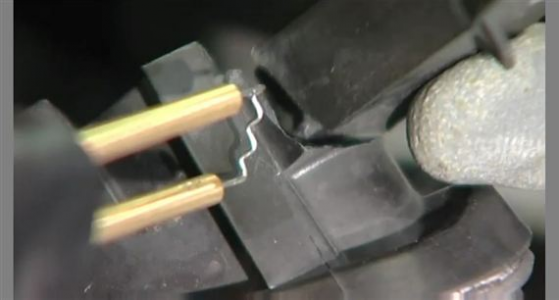I really do not know.
It is a Troybilt Horse model roto tiller (about 20 years old) with the wrap-around bush bar, so the tank is pretty well protected.
It was sitting in the sun for a couple hours just before I went to put it away.
My only other thought was that the pull-start handle hit the tank when I let go of the pull rope.
It does have a strong recoil.
But the pull-rope is way around front and this crack was at the back outside corner.
I do still wonder about a manufacturing defect as it was right where that flange meets the tank.
But still I guess I cannot complain, it has had a great run!
-brino
I do NOT have pictures of mine, but it is similar to the below:
(but my pull cord is on the same side as the fuel tank.....)
View attachment 324133
View attachment 324134


